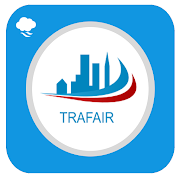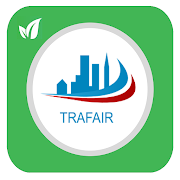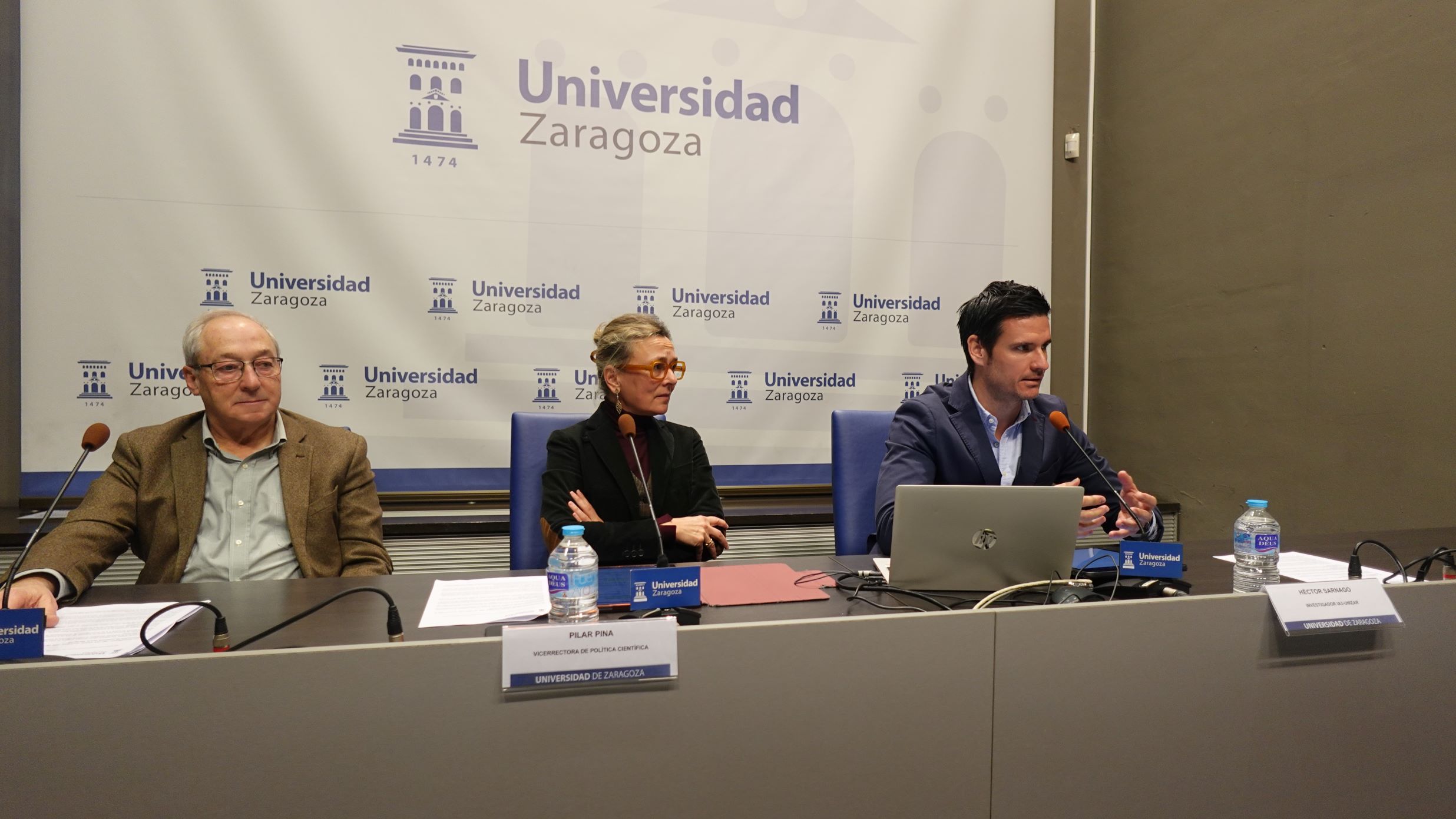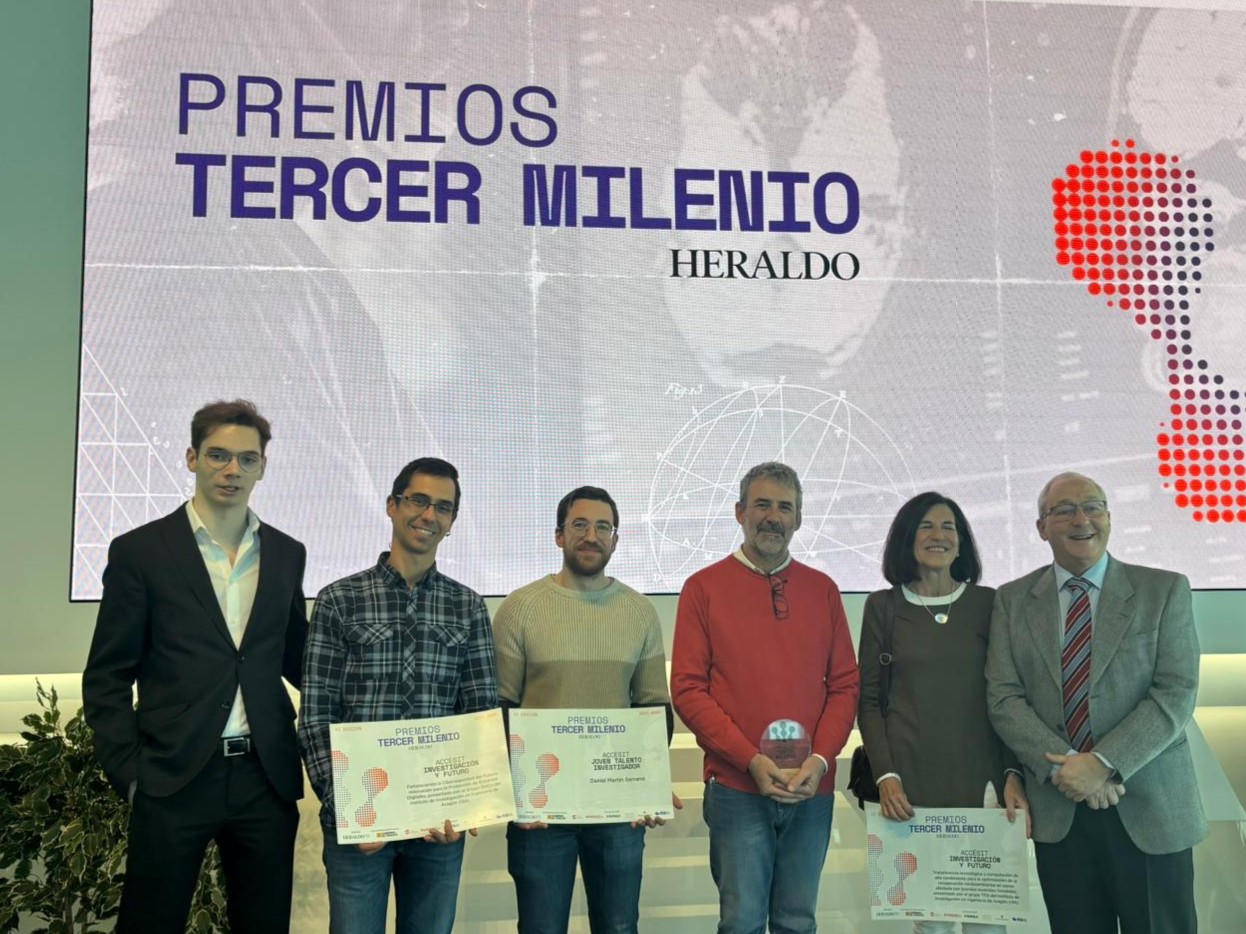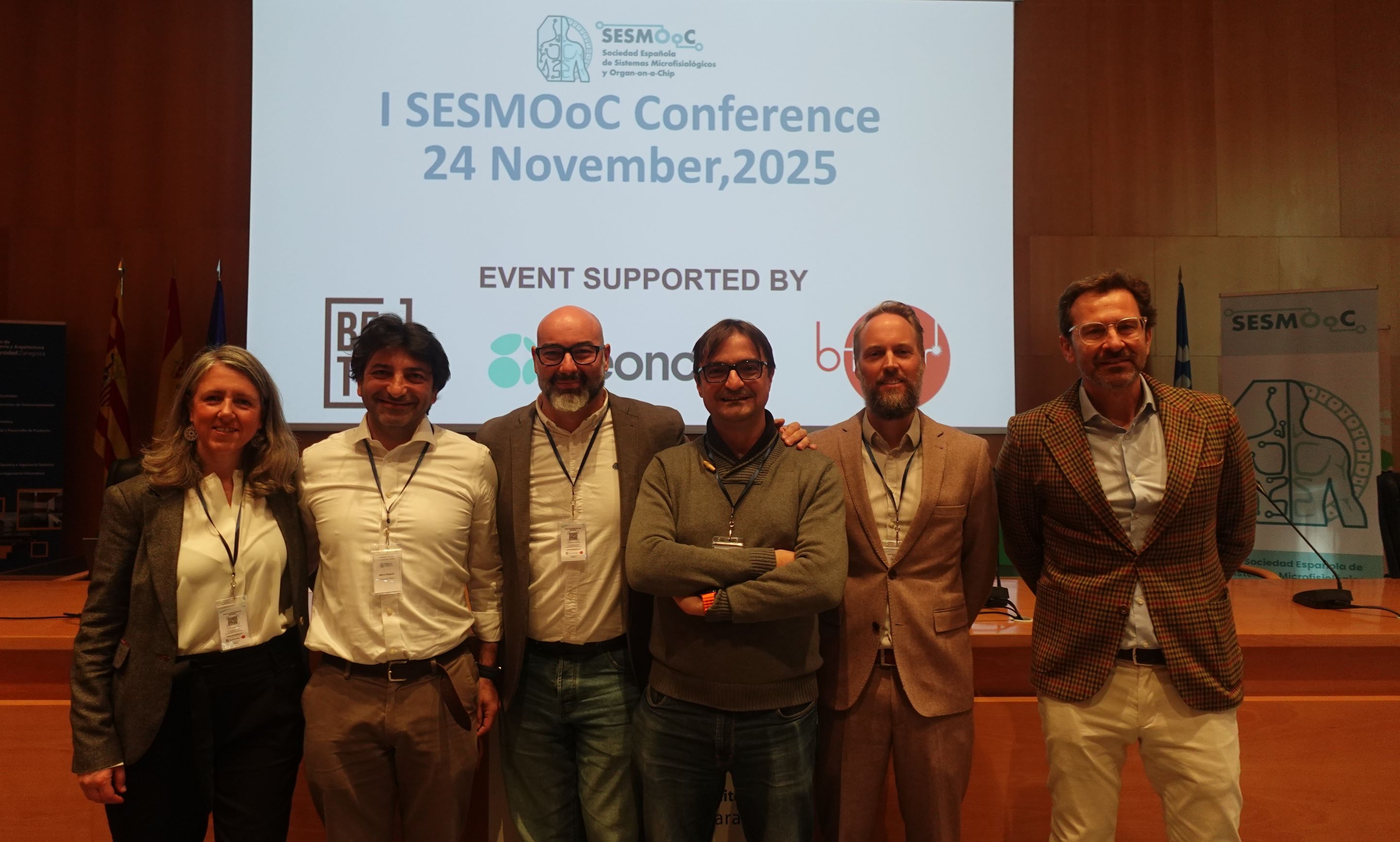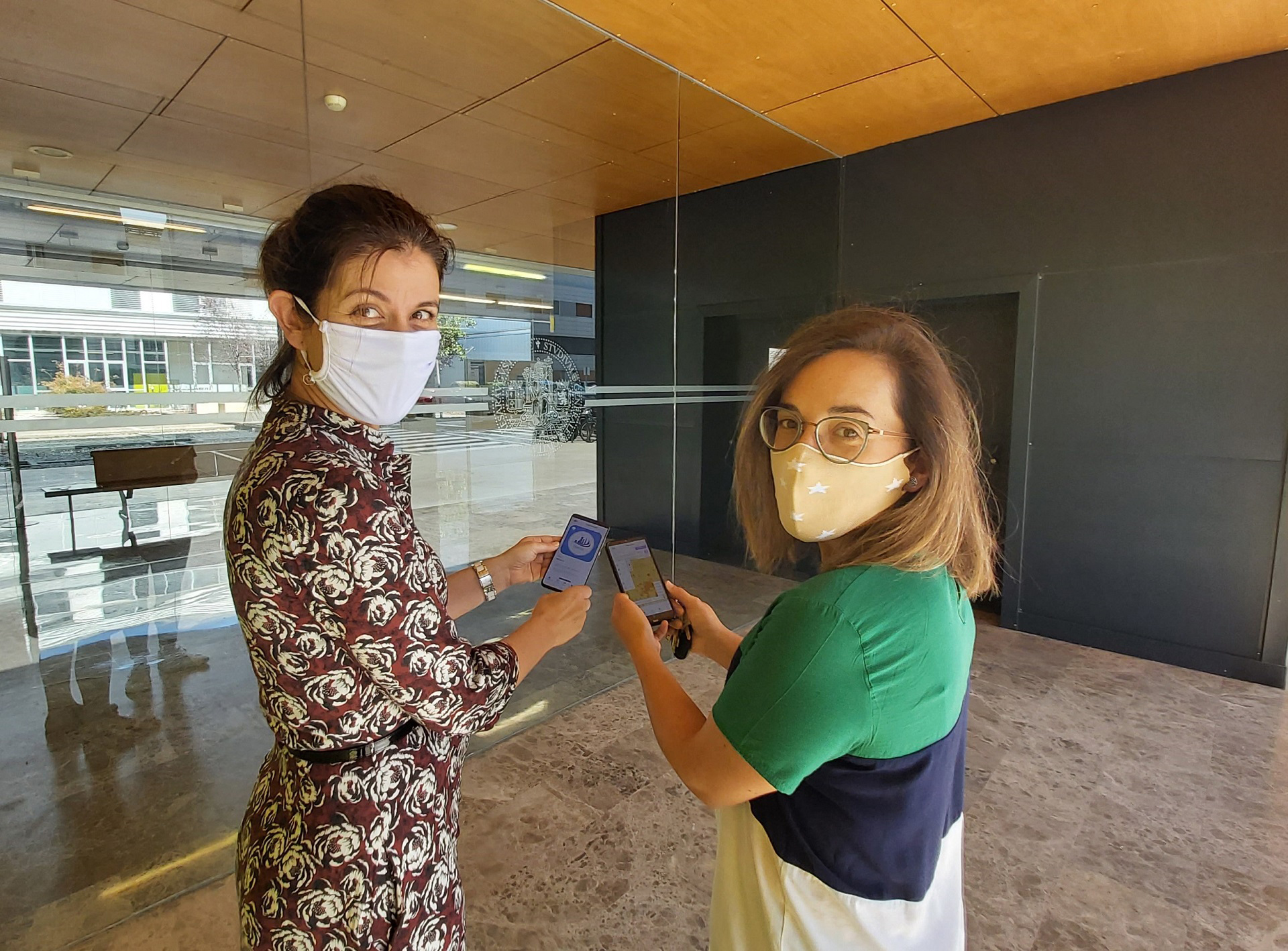
Would you like to know in real time the air quality of the park where you go to play sports or take your children? The neighborhood where you live or the place where you work? A team of researchers from the Aragon Engineering Research Institute (I3A) of the University of Zaragoza has just presented two mobile applications that provide this information.
They have been named Trafair Forecast and Trafair Green Areas. The first one shows information on the prediction of air quality and the second provides information in real time on points of interest in the city. The two Apps are part of the European TRAFAIR project and offer details from three European cities: Modena, Santiago de Compostela and Zaragoza, which participate in the project together with Livorno, Pisa and Florence. Both apps are already available for Android and will be available for iOS in the next days.
The applications are aimed at all audiences. They also include weather and traffic information on all streets of the city. The user can filter the information in real time on the levels of pollution depending on the distance, the type of point of interest: tourist, leisure, services or accessibility.
The Trafair Forecast application shows forecast air quality information (concerning the next 48 hours), mainly about the concentration of nitrogen oxides (NOx), for the cities of Zaragoza, Santiago de Compostela and Modena. In addition, the application offers the possibility of consulting real-time information about the concentration of other pollutants, such as CO, NO2, NO and O3. Moreover, the app includes an interactive map, which allows the user to check NOx concentration in the desired city area for the next 2 days.
The Trafair Green Areas application shows real-time information of the concentration of different air pollutants (NO2, CO, O3 and NO) in a point of interest in three European cities: Zaragoza, Santiago de Compostela and Modena. This allows the user to know an approximation of the air quality in the desired city area. For an easier consultation of the data, it is possible to store a list of points of interest for the user as favorites, as well as to choose between different scales of colors and values for easier visualization of the data.
The results of the project are available through the Open Data portal of the University of Zaragoza, Zaguán, the Government of Aragon and the Government of Spain, until reaching the European Data Portal. From there they can be consulted by all those interested in knowing more about air pollution and the possible effects on health and by the scientific community.
The TRAFAIR project and its development has been announced at the European Mobility Week in a round table to discuss aspects related to sustainable mobility and air quality in the city of Zaragoza. It has had the participation of the Environment Agency and the Urban Mobility Service of the Zaragoza City Council, project collaborators; representatives of the Green Office and the School of Engineering and Architecture of the University of Zaragoza, who participate in the Mobility Plan of the University of Zaragoza.
Lorena Marrodán, environmental manager of the project, explained that one of the goals of the project is to "increase public awareness about the quality of the air we breathe". Regarding the situation in Zaragoza, “it could be said that in general, the air quality of the city is quite good, with isolated episodes due to ozone or particulate matter. It has been seen, in certain areas of the city, a decrease in pollution levels as a consequence of the reduction in mobility due to the restrictions because of the COVID pandemic”.
The European project TRAFAIR (Understanding traffic flows to improve air quality) analyzes air pollution in six cities in Spain and Italy. Its main objective is the development of services and tools that help to predict air quality taking into account meteorological data and traffic flows, one of the main responsible for air pollution in urban centers.
It is coordinated by the I3A researcher Raquel Trillo-Lado, who is part of the DISCO, research group, and the GPT, IAAA and COSMOS research groups also participate.
Can Free day at the University of Zaragoza Further information.
Pictures: Lorena Marrodán (right), responsible for the Environment Trafair project, and Raquel Trillo-Lado (left) coordinator of the project in Zaragoza.
